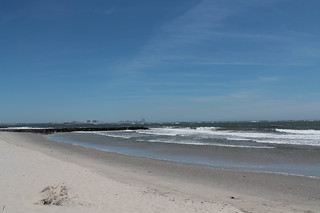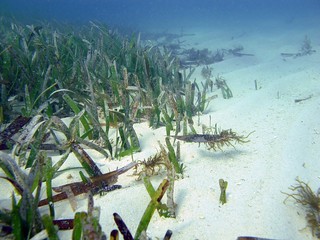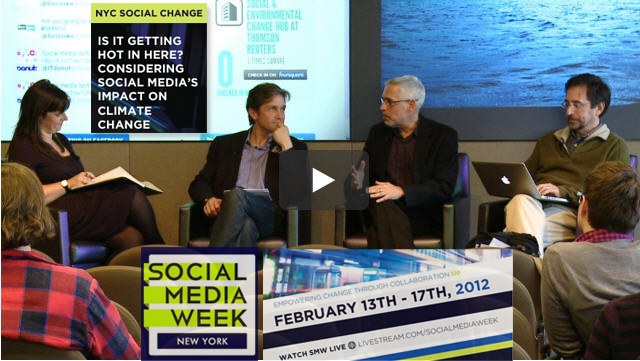Sea Level on U.S. East Coast Rising Up to Four Times Global Average
A new study in the journal Nature Climate Change shows that sea level along the U.S. Atlantic coast — one of the world’s most densely-populated coastal regions including New York, Boston and Norfolk, Virginia — is rising up to four times faster than the global average.
Sea level along the 620-mile coastline has risen by two to 3.7 millimeters per year since 1990. However, as temperatures continue to rise, sea level could rise well beyond the one-meter rise predicted by scientists, by up to an additional 30 centimeters within the next 90 years. In comparison, the average global sea level rise over the same period was between 0.6 and one millimeter per year. Read more








